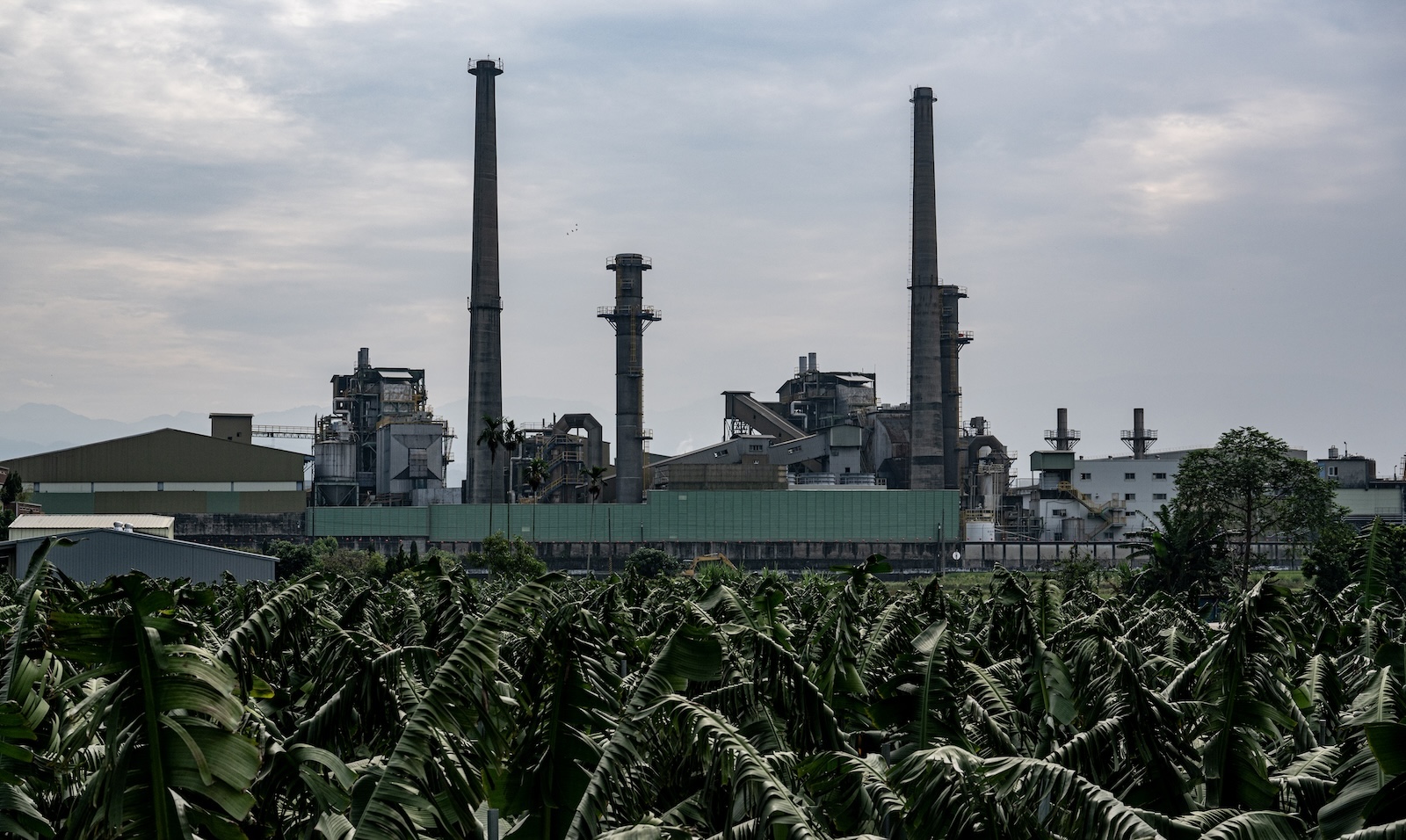18 April 2024
Summary
lululemon claims to contribute to restoring a healthy environment and promoting community wellbeing through its products and actions. However, the results of a 6-month investigation into the company’s textile supply chain reveal a pattern of failure to prevent adverse environmental impacts including air pollution, water pollution, greenhouse gas emissions, and significant dependence on fossil fuels, including coal.
The scope 3 emissions of lululemon have significantly increased year on year, and this trend is reflected at the individual supplier level across some of lululemon’s most important sourcing countries. Further evidence collected from field visits, community interviews, and water pollution tests shows that people and nature are potentially being harmed by the production and processing of textiles for lululemon’s products.
The findings reveal evidence of environmental concerns, including:
- Where lululemon’s suppliers have set climate targets, most are not on track to meet them. Greenhouse gas emissions are rising, coal and other fossil fuel consumption remain high, and renewable energy represents a tiny proportion of energy use.
- There are multiple penalties issued against environmental regulations throughout lululemon’s supply chain, including air pollution, water pollution, and waste treatment violations.
- At several of lululemon’s supplier sites, air and water pollution negatively impact nature and communities, as revealed in interviews with local residents, water pollution test results, and photo and video evidence.
Accordingly, we recommend that lululemon:
- Publicly disclose more information about its supply chain, including energy consumption and environmental impacts
- Set renewable energy and absolute emissions reduction targets, accompanied by a credible decarbonization strategy
- Provide financial and technical support to enable suppliers to invest in the green transition
Because the majority of lululemon’s emissions are associated with manufacturing, lululemon must engage with and support suppliers to reduce their emissions in order to meet climate targets. As a $9.6 billion dollar brand, lululemon has the resources to take responsibility for reducing fossil fuels and accelerating renewable energy in its supply chain to combat skyrocketing emissions and harmful pollution. As such, an ambitious new approach is needed, including improved environmental due diligence processes and a credible financial strategy that enables suppliers to invest in decarbonization.
If lululemon truly wants to contribute to its vision of ‘a climate-stable future where nature and people thrive’ and fulfill its promise to achieve net zero emissions by 2050, acceleration is needed to transition away from fossil fuel-powered manufacturing and resource-intensive processes, and towards decarbonization solutions such as onsite solar installations and thermal storage, offsite renewable energy procurement, electrification of thermal processes, innovation in dyeing and processing technologies, and energy efficiency measures.




